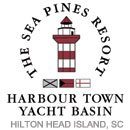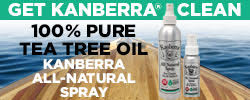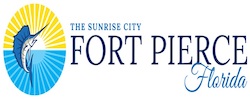Dry For A While, A Warm ChristmasOur weather is looking mainly tranquil through Christmas and beyond. It could be ten days before we see another good chance for rain, which is unfortunate because much of South Carolina remains in a drought despite the soaking that parts of the state saw last night. For the rest of today, we remain sunny with winds lessening as high pressure builds in. Aside from the gusty winds, it will be a lovely afternoon with temperatures slightly warmer than average. Tonight looks clear and seasonably chilly with light winds. High pressure overhead Saturday gives us a pleasant December day with sunshine; a chilly start, but highs will be in the mid to upper 50s north and lower 60s south. A clear and seasonably chilly night will follow. A moisture-starved cold front will move through the state on Sunday, so moisture-starved that we’ll only see a few clouds. We’ll have a mainly sunny sky with highs in the lower 60s north and middle 60s south, a pretty day. Sunday night looks seasonably chilly again with a mostly clear sky. Monday will bring us below-average temperatures as Canadian air pays us a brief visit. We’ll see a few clouds as Sunday’s front stalls nearby to the south, but a good deal of sun, too. Highs will range from near 50 in the north to the upper 50s south. The front will retreat northward on Tuesday; it will pick up some moisture while sitting to our south, but not much. So, clouds will limit the sun, and there might be a stray shower or two around the Upstate. If the stray showers or lack thereof are a problem for you, it will be the perfect time to air your grievances! That front will again become stationary to our north through Christmas Eve before retreating further northward. Meanwhile, an upper-level ridge will set up shop for a while over the southeastern states. This will put us in a warm and dry regime for Christmas and beyond. We’re likely to see sunshine with highs in the upper 60s to lower 70s on Christmas Eve, then mainly lower 70s for Christmas Day. It’s not likely to be the warmest Christmas on record, as record highs for the date are in the upper 70s and lower 80s, but it should be in the top ten warmest (out of over 100 Christmases for many places in the state, our records go back as far as the 1880s). 
These NDFD plots show the National Weather Service’s forecast highs for
Christmas Eve and Christmas Day. Image Source: WeatherBELL The computer models generally agree that we’ll remain warm and dry, with highs in the 70s, until around the 29th (give or take a day), when another cold front finally arrives. Sorry, snow lovers, the weather pattern looks hostile to snow for the rest of the month and likely the first part of January. Over the last week, drought has worsened over the Upstate and Catawba region but has improved somewhat in the south. 
The rain we saw over much of the state Thursday and Thursday night helped, but it was not a factor in this week’s Drought Monitor, which is compiled on Tuesdays. However, the mostly dry, warm weather over the next week or so will worsen the drought again. Frank Strait
Severe Weather Liaison
S.C. State Climate Office | 






























Be the first to comment!